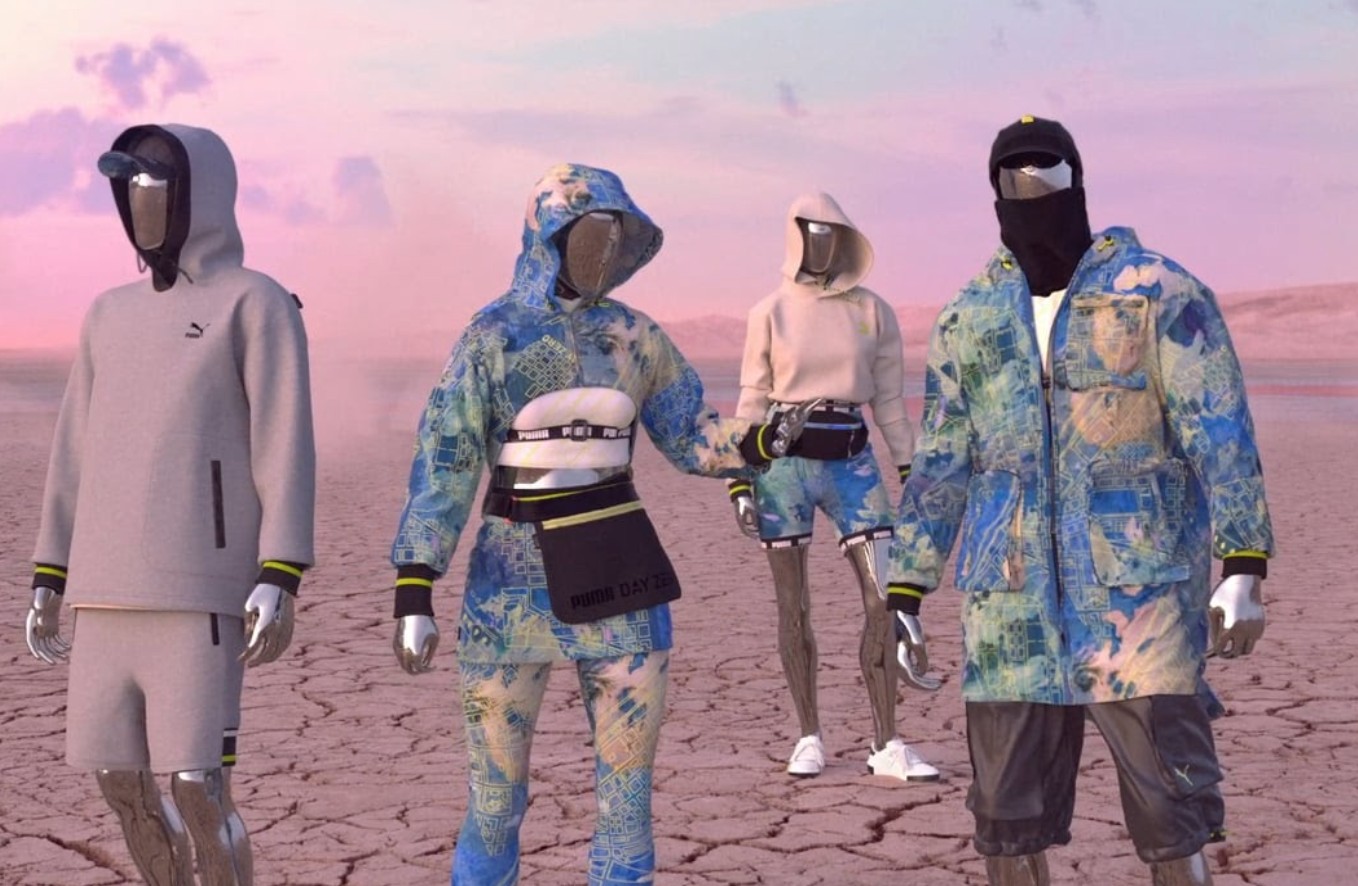Fancy shopping in the metaverse? Forever21 and Nike have you covered

Will the metaverse make us say goodbye to traditional dress codes? As the metaverse continues to expand, and with it the possibilities of what can be done in the digital space, there appears to be a more radical transformation in how we view typical dress codes on the horizon. Just as the shift to WFH and more online meetings translated into more relaxed rules on what to wear while sitting at your desk, the proliferation of digital clothing taking hold could potentially mean never having to get out of your sweats as your more formally dressed avatar attends business meetings on your behalf.
The metaverse could be a space for creative expression — even at work: In the metaverse, where you’ll get to tinker with a whole lot more than choosing between standard button up shirts or dresses, more creative modes of expression than we are traditionally used to in the real world could become more of a norm. “Work has become very fluid. For me, there’s no point in replicating traditional office looks within this new space. With these new communication tools, we can level up our business identity expression too,” Croatian fashion designer Gala Marija Vrbanic tells Quartz.
Already, we’re seeing digital-only fashion brands: There are about 100 digital fashion brands already up and running on virtual fashion boutique DressX and the British Fashion Council last year announced the first ever Fashion Award for Metaverse Design as a category of its 2021 Fashion Awards.
What does this mean for the future of retail? In the future, virtual retail could make it possible for retailers to build one global hub in the metaverse serving mns of customers rather than a shop in every city, predicts the report. Launching goods in the metaverse before launching real-world products allows retailers to reduce costs, but also creates products for digital avatars, in some cases launching both as more customers look to “digital twinning” (matching their avatars to their real-world personas or vice versa). It also allows brands to find different ways to express themselves and for more people to access high fashion.
There’s even the claim that digital clothing could be a more sustainable alternative for designers, giving people greater access to tons of new cutting edge garments from fashion houses around the world, at practically no ecological cost. But these pronouncements don’t seem to hold much water mainly because “virtual clothes cannot be slotted into our closets as functional substitutes,” as Vox notes.
Plenty of clothing brands are already piling into the digital fashion space: Companies like fast fashion chain Forever21 and Nike are betting big on digital retail, creating multi-storey virtual world stores that you can visit with your avatar to buy digital clothing with virtual currency, with gaming platform Roblox acting as a host to many of these stores, reports the Financial Times. Retailers are hoping to get ahead in what JPMorgan estimates is a USD tns industry, with a recent report by the investment bank finding that USD 54 bn worth of virtual goods are sold every year — more than double what is spent on music.
BUT- Consumers don’t appear to be all that keen on the metaverse: Despite the hype circulating around what has been touted as the next logical phase of our online universe, it seems that people aren’t too excited about the metaverse just yet. In a 2021 Forrester survey of over 1k adults only 23% of respondents in the US said that they would “like to spend some time exploring the metaverse,” that figure was down to only 17% in the UK. Responses mostly indicated that people don’t yet understand what the Metaverse is about or that they felt no need for it in their lives — which 27% of US respondents and 36% of those surveyed in the UK said.
Want more on the virtual fashion market? Check out our explainer on digital fashion.